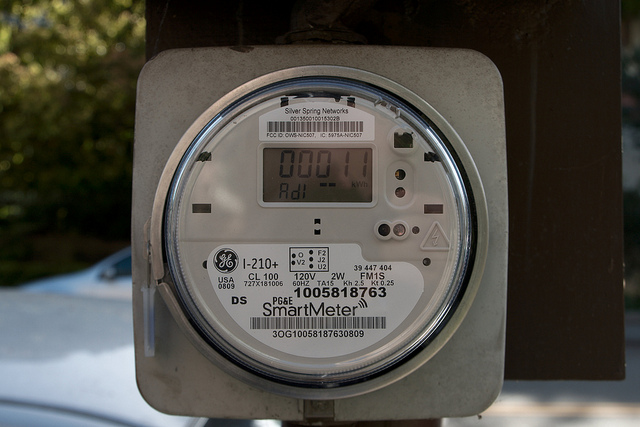
Smart water technology innovation can save billions — here’s how
Earlier this month, the White House released a report called “Water Resource Challenges and Opportunities for Water Technology Innovation.” It outlines the country’s dire water situation while highlighting many opportunities provided by technological innovations in water infrastructure.

Photo by Christian Haugen licensed under CC BY 2.0.
Drought and hot weather have caused critical water shortages in many states. Leakage, poor distribution infrastructure and theft have exacerbated the problem. But, there is some good news mixed in with the gloom. Water utilities are beginning to use smart water technology to address these challenges, and results are promising. In fact, smart water technology has the potential of saving $27.5 billion per year globally.
The report emphasizes that water technologies are not futuristic and that many public entities are already benefiting from them. As cities launch projects related to smart lights and smart transit solutions, they are also investing in smart water infrastructure. Many are installing Advanced Metering Infrastructure (AMI). With AMI systems, service providers use predictive analytics to detect anomalies before problems are full-blown. And, taxpayers are reaping the rewards.
About 28 percent of water is lost during distribution due to leakage, theft and billing process failures. Smart water infrastructure is a cost-effective means to address these problems. According to one recent study, $35.9 billion will be invested in smart water technology between 2015- 2025. It is a huge new marketplace.
San Francisco was the first city in California to deploy AMI technology. The new automated water meters, which cover more than 96 percent of the city’s water accounts, monitor water usage and detect leaks much faster than manually read meters. And, the data is transmitted hourly by wireless network so abnormalities are quickly detected.
The city of Olathe, the fifth largest municipality in Kansas, has partnered with an energy services company to implement a variety of improvements, including the replacement of more than 34,000 water meters. The capital investment was justified because of major problems with accuracy. Water meter reading was often incorrect and billing processes were inaccurate because of outdated equipment. The new system, combined with other energy-efficiency improvements, is expected to generate more than $17.4 million in savings over the course of 12 years.
The city of Bastrop, Texas, recently installed 2,700 business and residential electric meters and 3,200 water meters. Utility workers can now spend more time on other work. Customers can monitor their daily usage online and there are few surprises at the end of a month.
The conversion to AMI for water utilities hasn’t been quick because of high up-front costs. Surprisingly, many of the water utilities that have installed AMI systems are medium to small in size. That’s not always the case, and the Detroit Water and Sewerage Department, third-largest water and sewer utility in the United States, recently automated its water systems. The results have been lower costs, reductions in waste and significantly improved customer service.
On the consumer end, in addition to actively monitoring water usage through AMI systems, there are other technological advancements that utilities often install. These options would include smart faucets, leak sensors and smart sprinklers.
Water is a necessity and this new marketplace will only grow larger. Collaboration between city officials and companies providing new cost-saving water technology innovation is a good thing for consumers. A White House Water Summit has been planned for March 22 with the objective of bringing together public officials and private firms to plan and collaborate on issues that will impact the nation’s water future.
